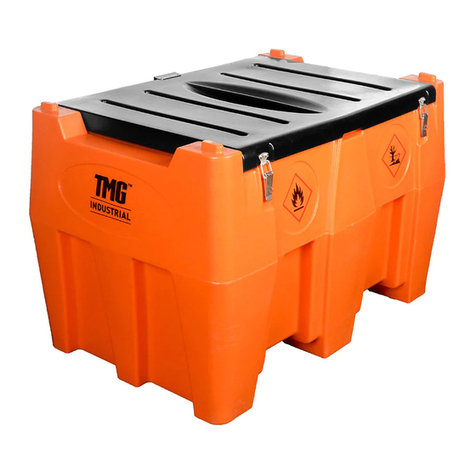TMG TMG-50TWP User manual




















This manual suits for next models
2
Table of contents
Other TMG Water Pump manuals
Popular Water Pump manuals by other brands

Liberty Pumps
Liberty Pumps XLE Series installation manual

Travaini Pumps USA
Travaini Pumps USA TRH Series operating & maintenance manual
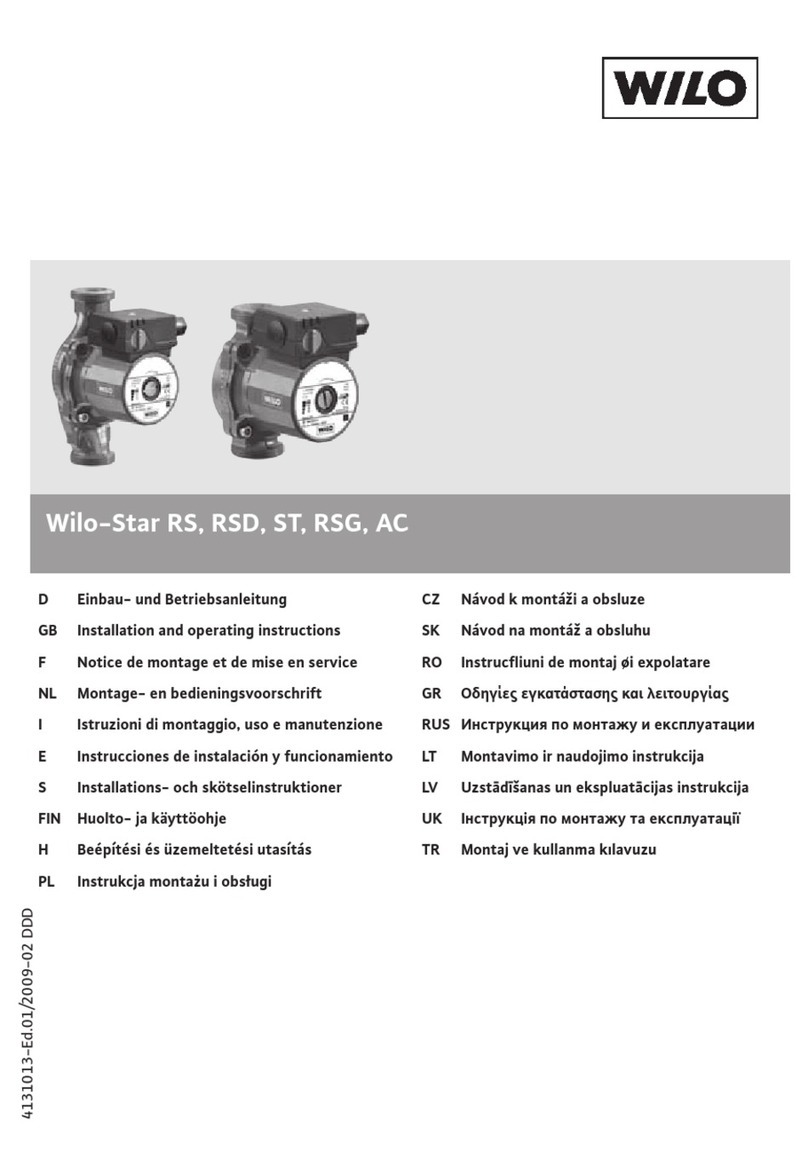
Wilo
Wilo Star RS Series Installation and operating instructions
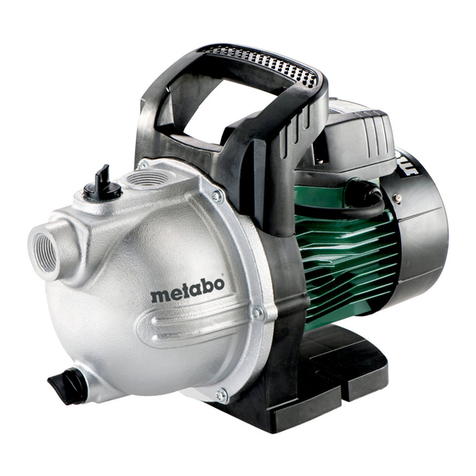
Metabo
Metabo P 2000 G Original instructions
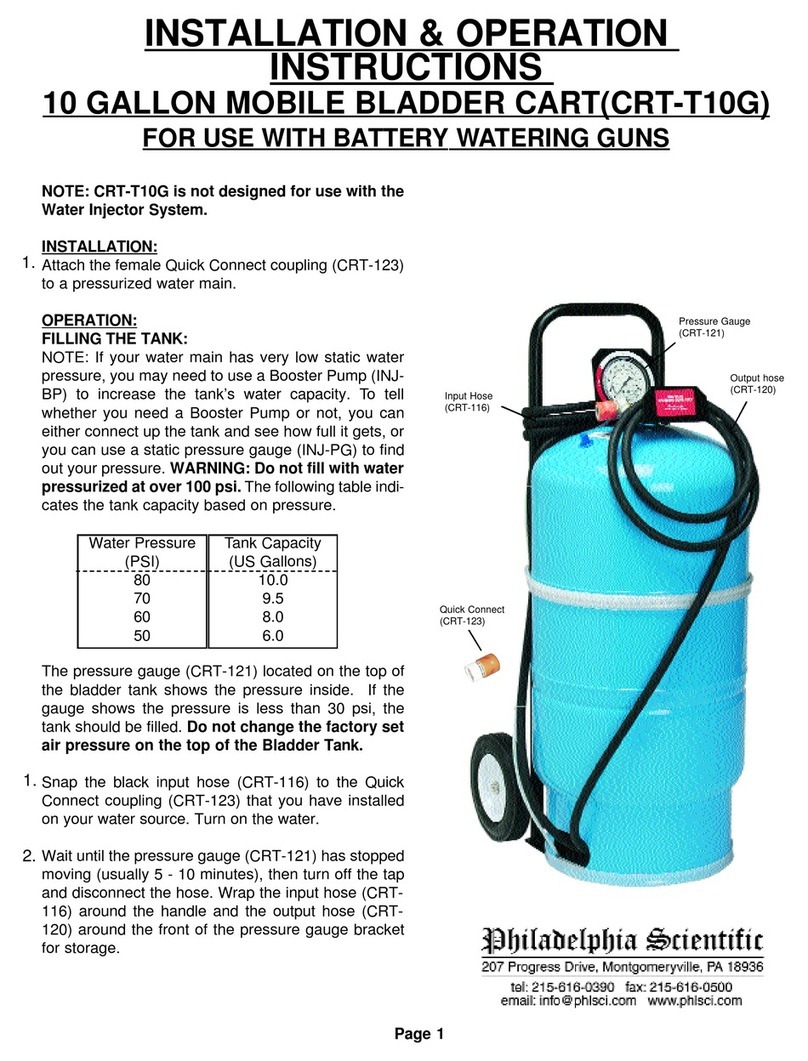
Philadelphia Scientific
Philadelphia Scientific CRT-T10G Installation & operation instructions

GORMAN-RUPP PUMPS
GORMAN-RUPP PUMPS SF6D Installation, operation and maintenance manual
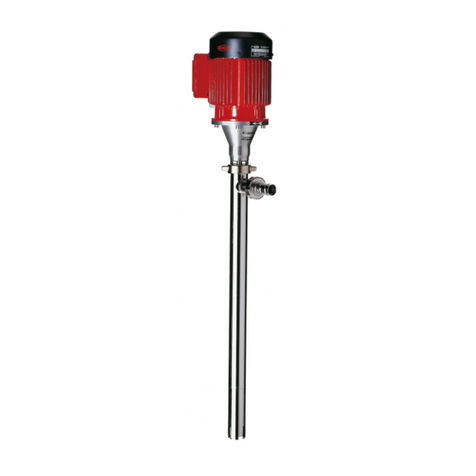
Flux
Flux F 550 S Series Original main operating instructions

masosine
masosine Certa C100 user manual
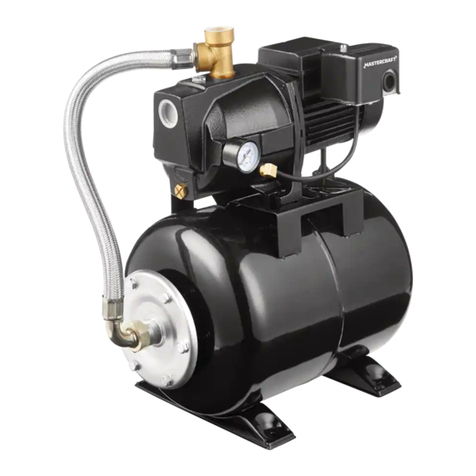
MasterCraft
MasterCraft 062-3415-8 instruction manual

Pentair
Pentair Fairbanks nijhuis 5800 Installation, operation and maintenance
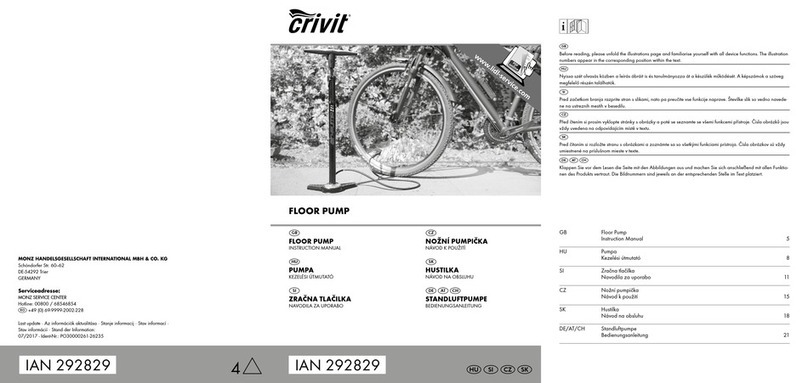
Crivit
Crivit Air-Pump 292829 instruction manual
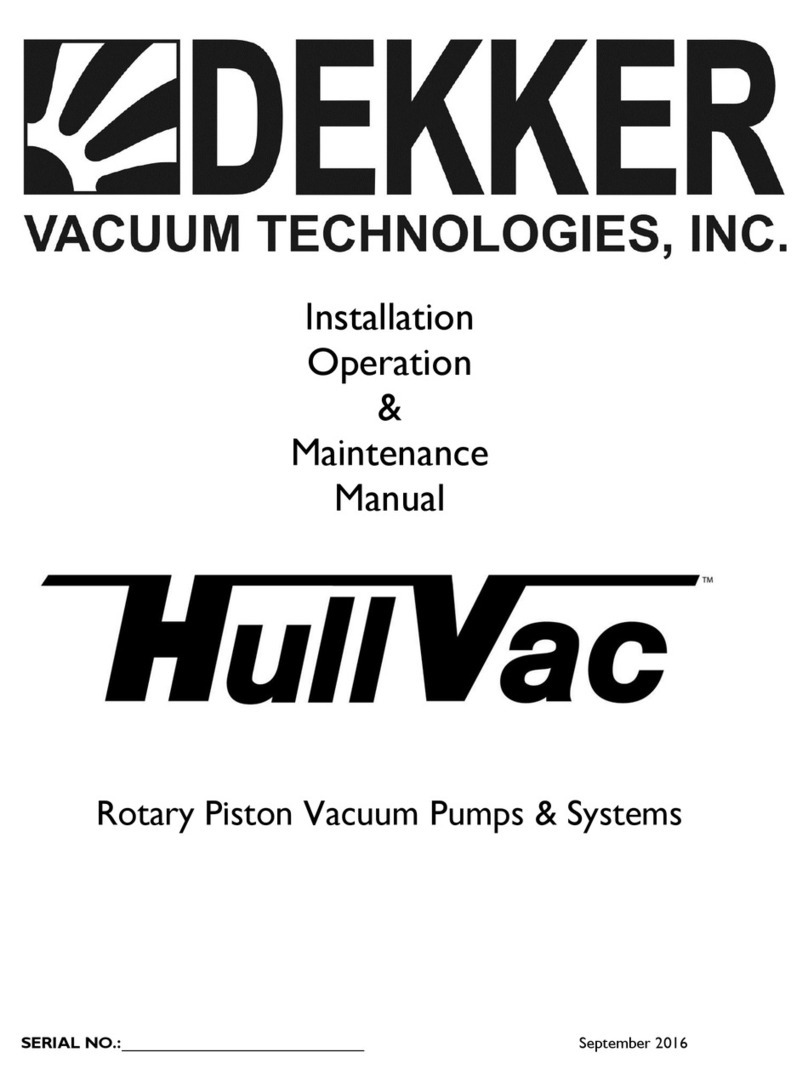
Dekker
Dekker HullVac HV55A Installation, operation & maintenance manual
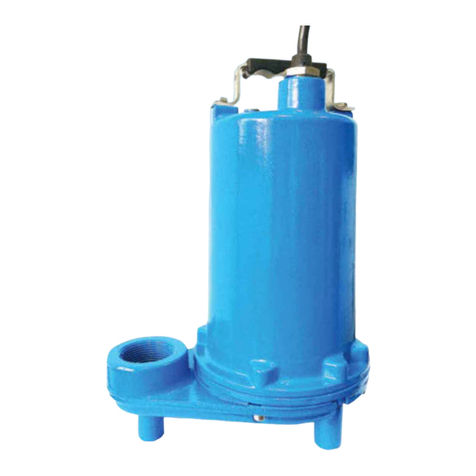
Barmesa Pumps
Barmesa Pumps BPEV512 Series Installation, operation & maintenance manual

IML
IML NewBCC Series INSTALLATION AND MAINTENANCE MANUAL. TECHNICAL DATA

APEC PUMP
APEC PUMP ST Series Installation and operation manual
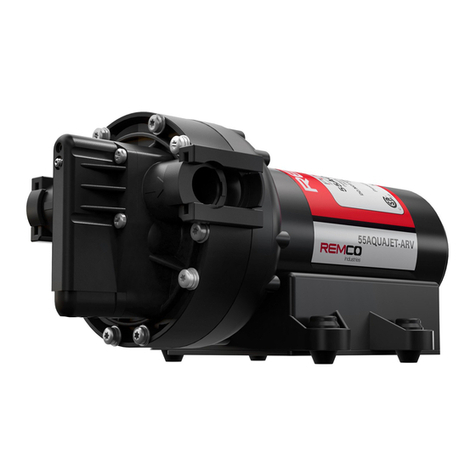
Remco
Remco AQUAJET Series Operational and Installation Guidelines
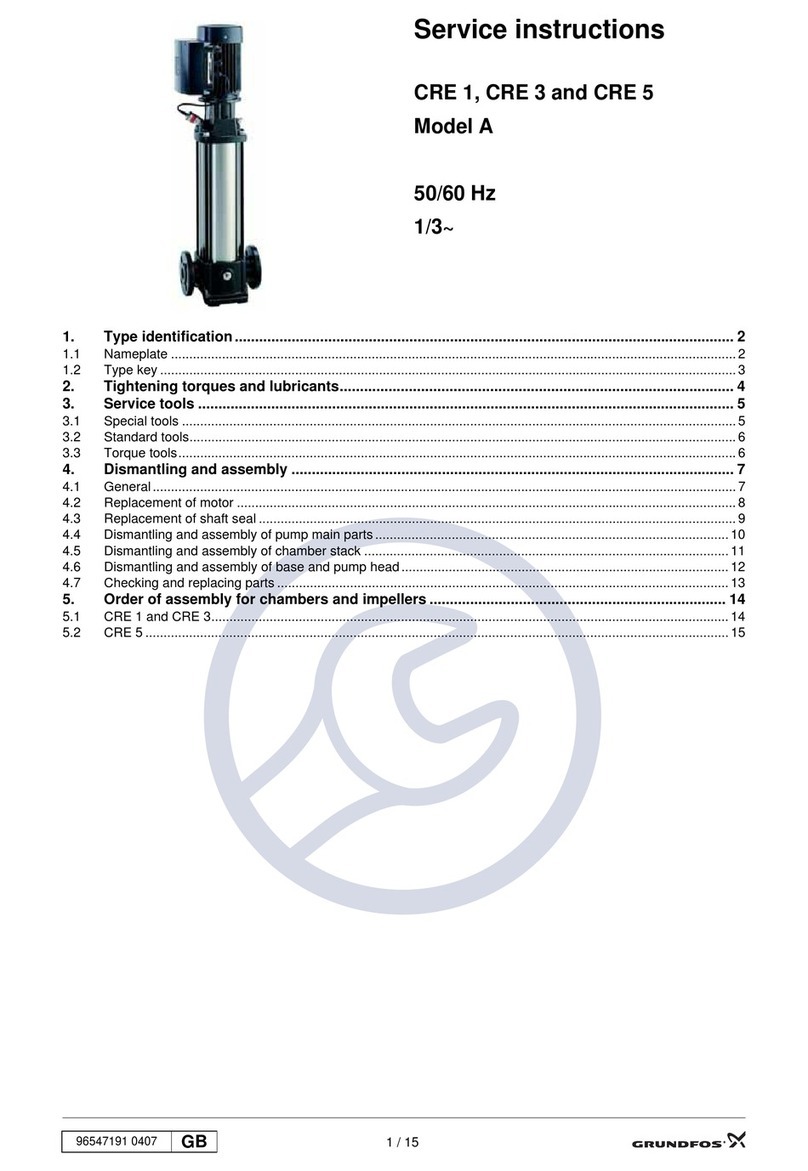
Grundfos
Grundfos A Series Service instructions

MAI
MAI 2Pump Lyra Quick user guide
